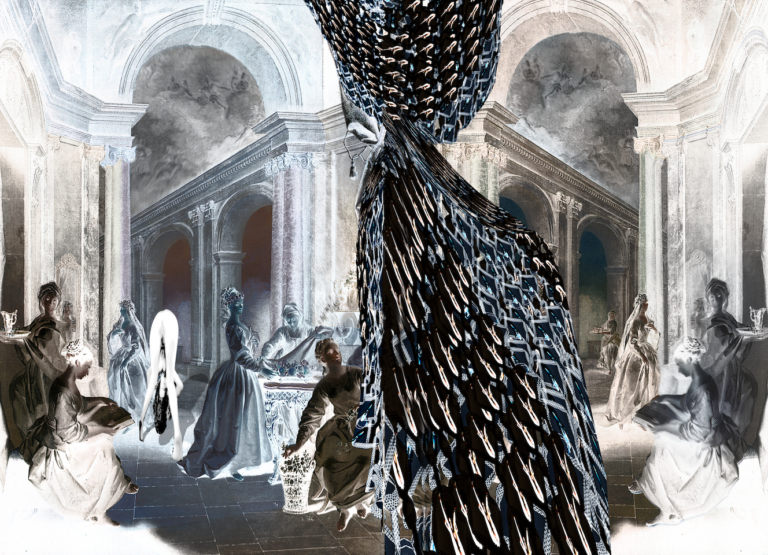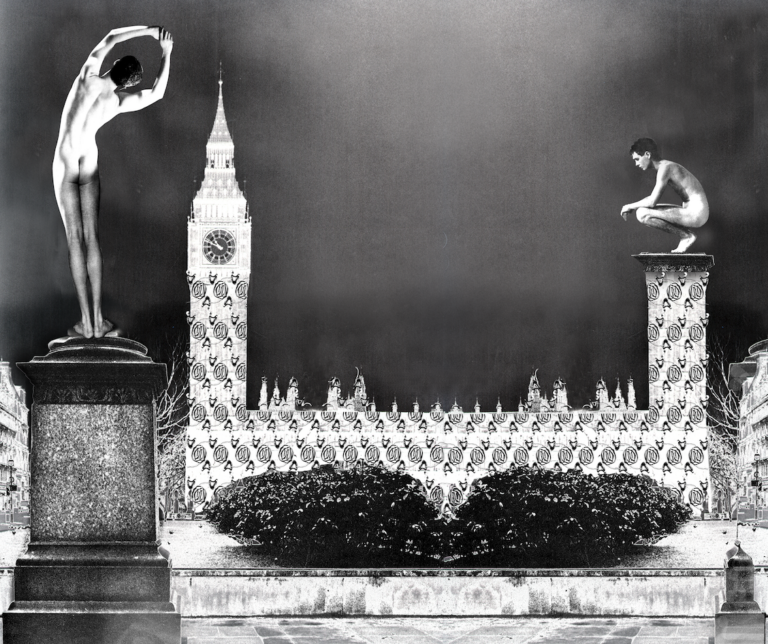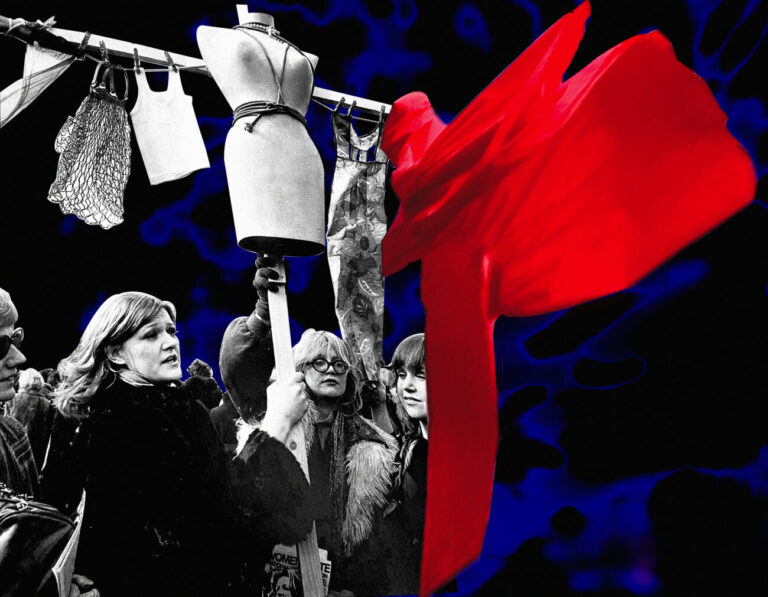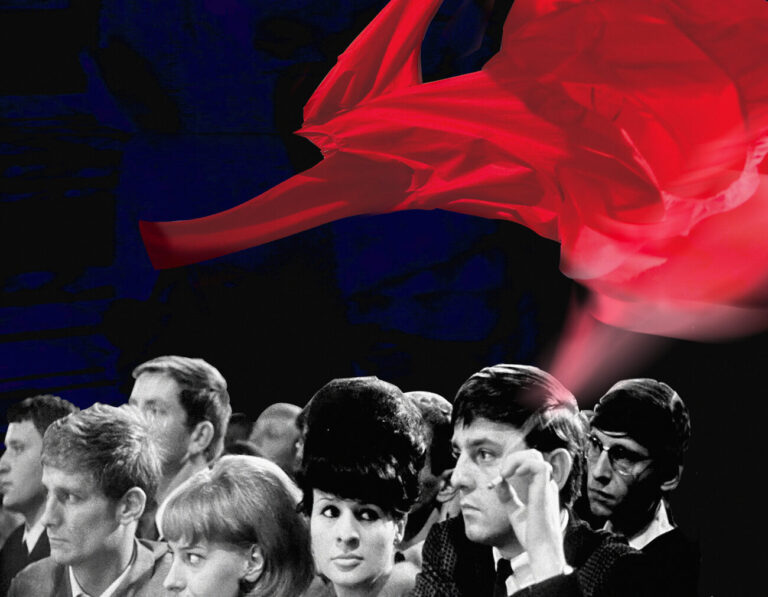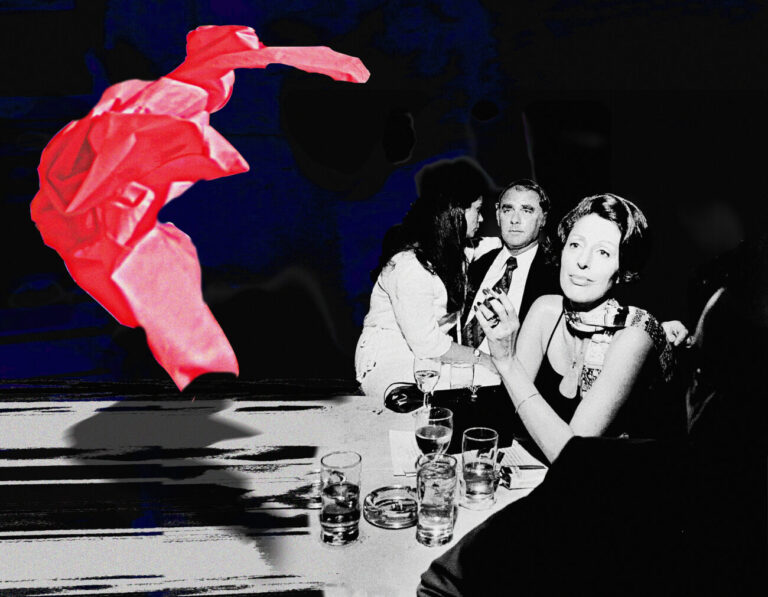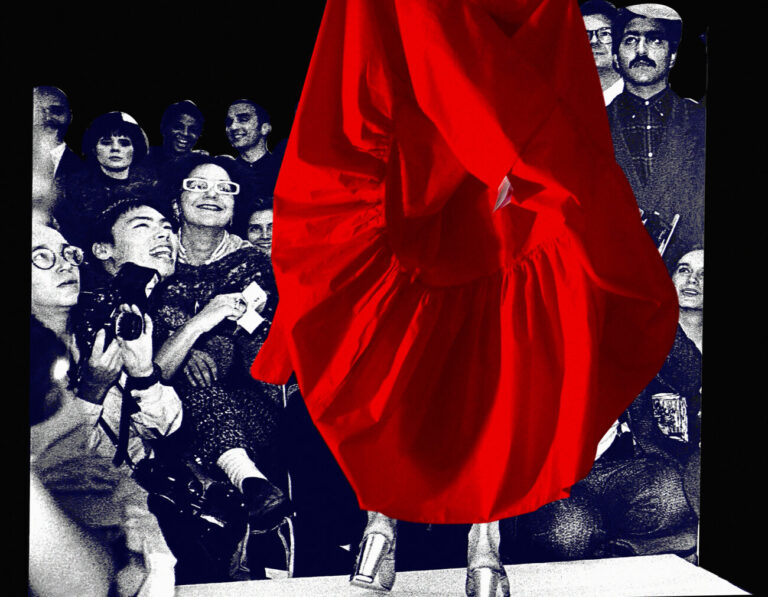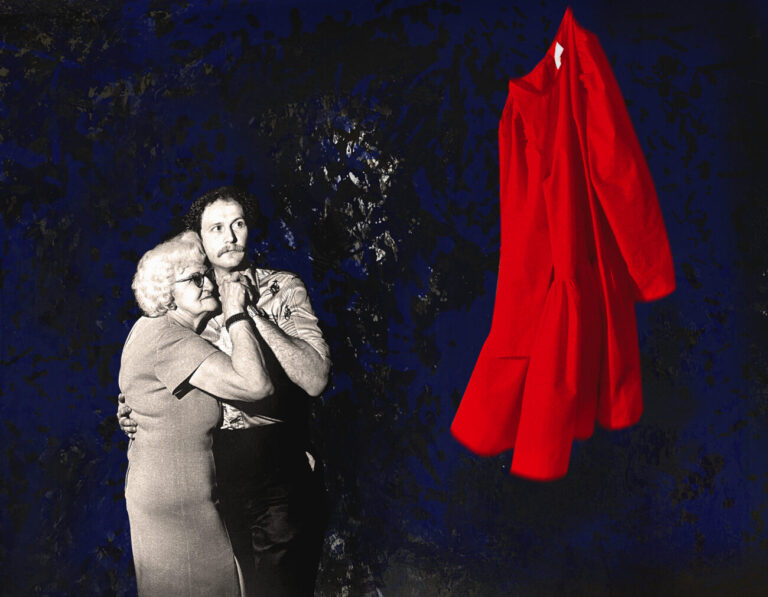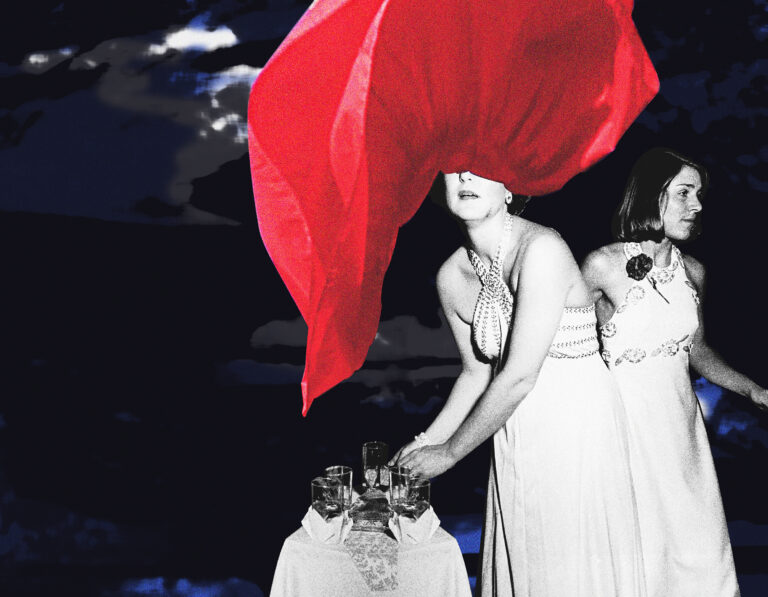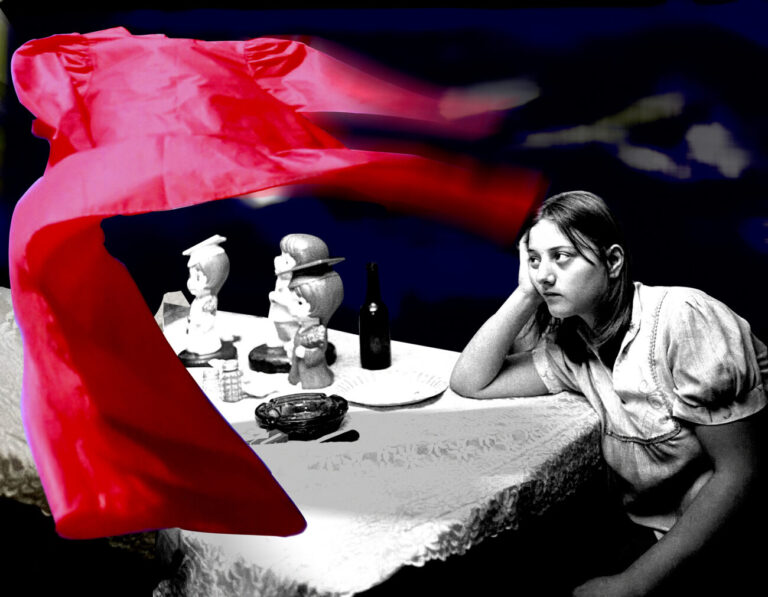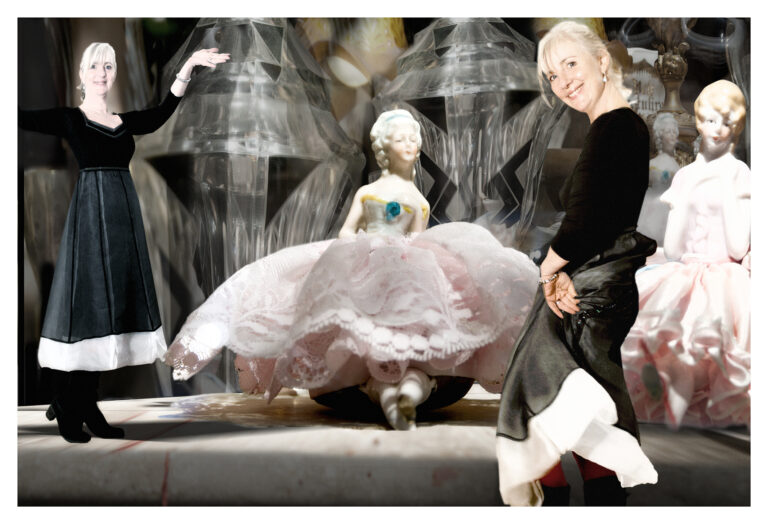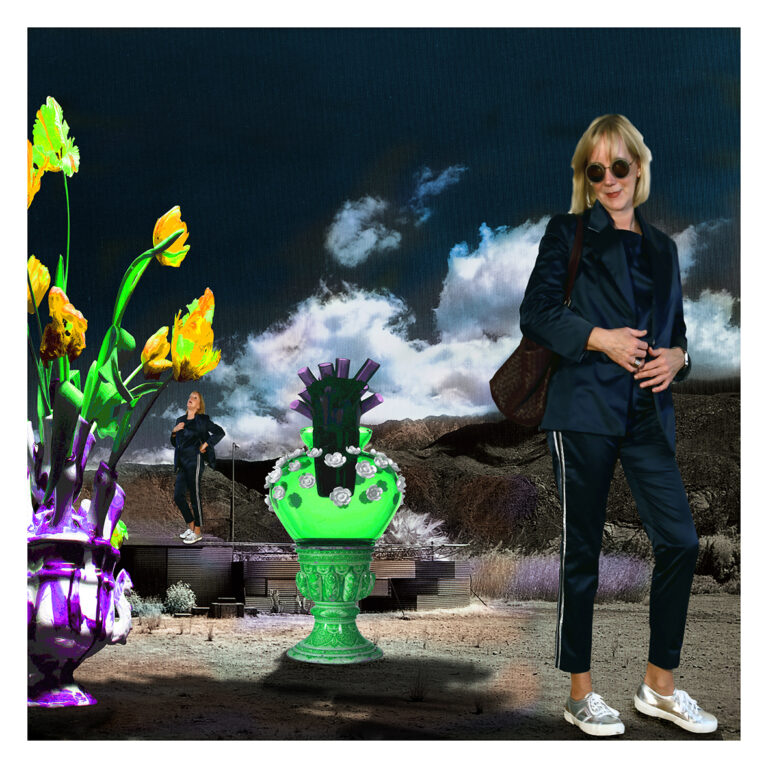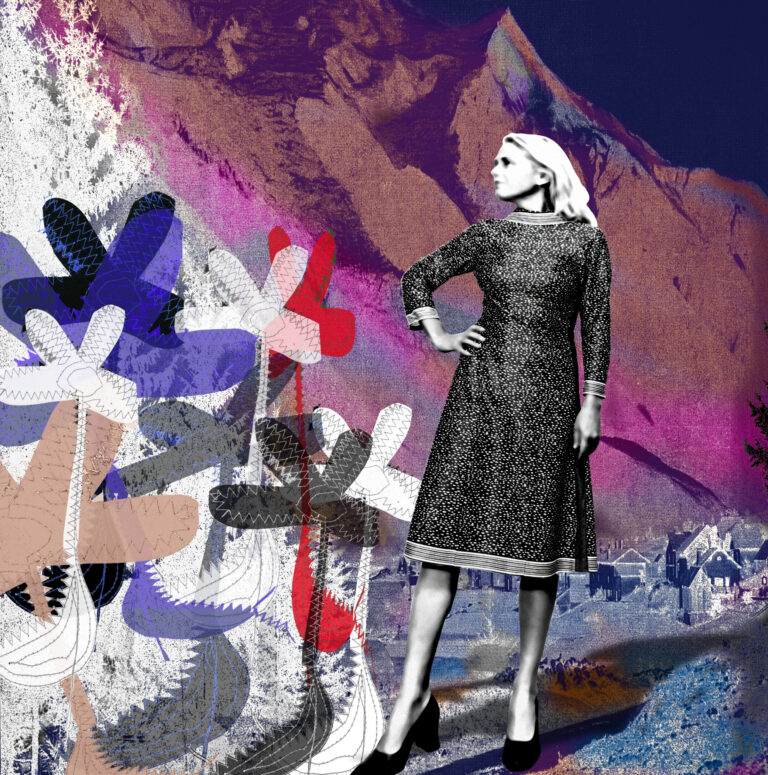Ausstellung Inselgalerie Berlin 2022
Der Fotozyklus „No Dress Is Innocent“ wurde im Rahmen der Gruppenausstellung „A Dress for All“ im Textilmuseum Helmbrechts und anschließend in der Inselgalerie Berlin gezeigt. Als gemeinsame Arbeitsgrundlage hatten alle Künstler ein schlicht geschnittenes Kleid einer großen Billigmodekette, das als Symbol für die Modebranche und all ihre Begleiterscheinungen steht. Ich habe mich gefragt: „Wie kann man sich bewusst machen, dass man als Konsument auch Bürger und nicht nur Kunde ist.“
The photo cycle „No Dress Is Innocent“ was shown as part of the group exhibition „A Dress for All“ in the Helmbrechts Textile Museum and then in the Inselgalerie Berlin. As a common working basis, all artists had a simply cut dress from a large cheap fashion chain, which stands as a symbol for the fashion industry and all its side effects. I asked myself: „How can people become aware that as consumers they are also citizens and not just customers.“
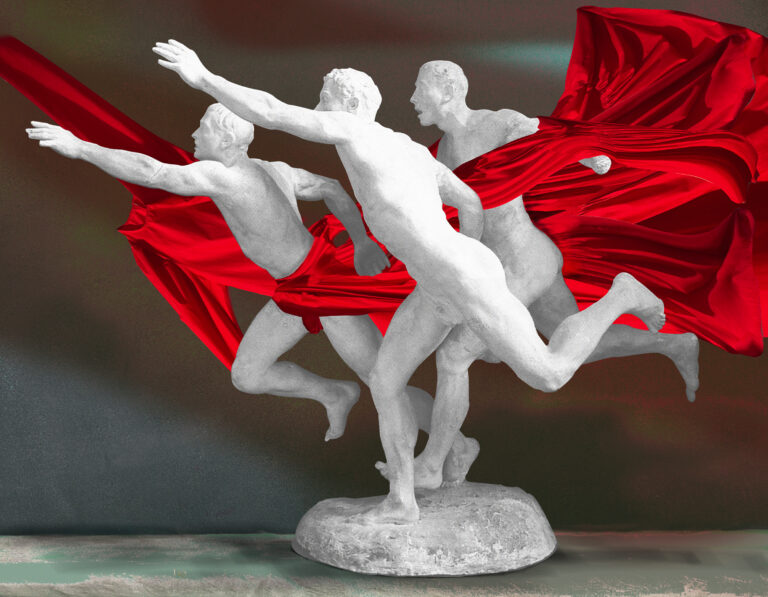
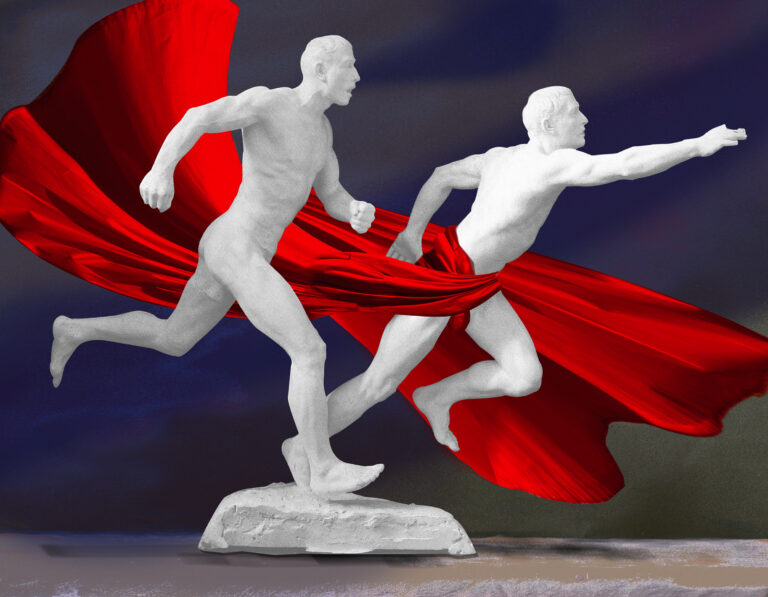


Ausstellung im Textilmuseum Helmbrechts 2021
Mit meinem Fotozyklus “NO DRESS IS INNOCENT” war ich Teil der Ausstellung “Ein Kleid für Alle”. Das Textilmuseum Helmbrechts initiiert Projekte für Textile Kunst. Ausgewählt wurde ein einfach geschnittenes Kleid einer großen Modekette, welches als Sinnbild für die Fashion-Industry und all deren Begleiterscheinungen steht. Die einfache Form und ein Minimum an Verarbeitungsaufwand sichern den maximalen Gewinn. Dieses Kleid war für alle die Arbeitssgrundlage. Die Künstler*innen wurden aufgefordert, sich dem Diskurs zu stellen, das Kleid zu transformieren und diesem damit einen individuellen Stempel zu verleihen. Ich habe mich gefragt: “Wie können wir uns bewusst werden, dass wir als Konsumenten Staatsbürger sind und nicht nur Kunden.” So sind insgesamt 14 verschiedene Ansätze entstanden, die sich aus den unterschiedlichsten Blickwinkeln dem Thema annähern und sich mit Aspekten aus Mode, Kunst und Transformation beschäftigen.
With my photo cycle “NO DRESS IS INNOCENT” I was part of the exhibition “A dress for everyone”. The Helmbrechts Textile Museum initiates projects for textile art. A simply cut dress from a large fashion chain was selected, which is a symbol of the fashion industry and all of its side effects. The simple form and minimum processing effort ensure maximum profit. This dress was the working basis for everyone. The artists were asked to face the discourse, to transform the dress and thus to give it an individual stamp. I asked myself: “How can we become aware that we, as consumers, are citizens and not just customers.” This resulted in a total of 14 different approaches that approach the topic from a wide variety of perspectives and deal with aspects of fashion, art and transformation. The participants in the “Project for Textile Art” come from the fields of fashion, costumes, art and graphics and the resulting art objects are just as diverse.
Portraits meiner Kundinnen
In der Upcycling Kollektion FRAU WAGNER ist jedes Kleid ein Unikat. Die Zusammenarbeit an einem Kleidungsstück ist intim und das zeigen auch die Portraits meiner Kundinnen. Ich versuchte ein Narrativ für diese sehr persönliche Form der Zusammenarbeit zu finden. Persönliche Symbole bestimmen die malerische Konzeption und das fotografische Narrativ.
In the FRAU WAGNER upcycling collection, every dress is unique. The collaboration on a garment is intimate and the portraits of my customers also show this. I tried to find a narrative for this very personal form of collaboration. Personal symbols determine the painterly concept and the photographic narrative.
works before 2009
